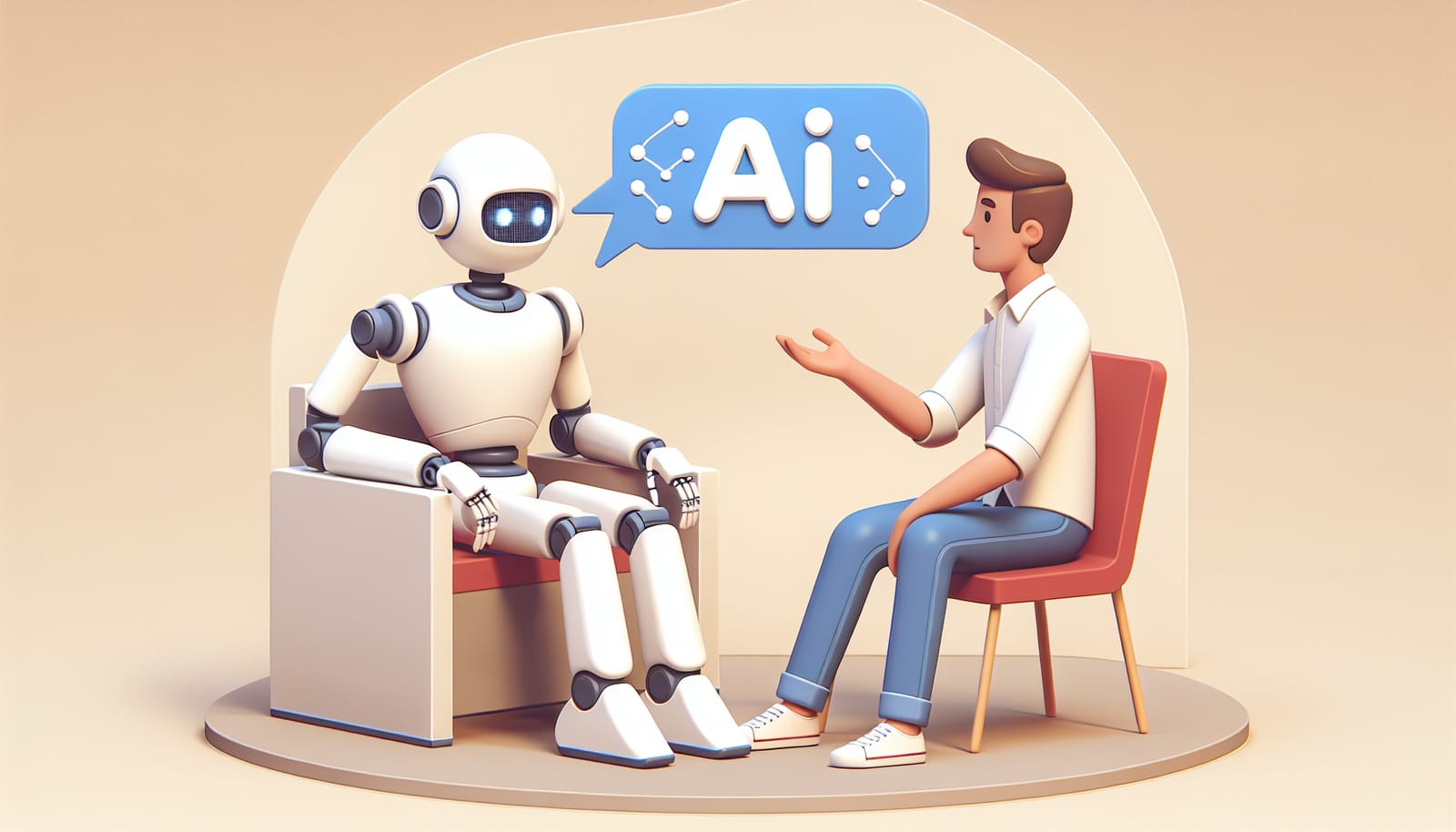Artificial Intelligence (AI) is a term that’s buzzing everywhere these days, from our smartphones to self-driving cars. But what exactly is AI? In simple terms, AI is the ability of a computer or a machine to mimic human intelligence. It can learn from experience, adapt to new inputs, and perform tasks that usually require human intelligence, such as understanding language, recognizing patterns, and making decisions. Yet, despite its incredible capabilities, AI still needs something very special: human intuition.
What is Human Intuition?
Human intuition is that gut feeling we all experience from time to time. It’s the ability to understand something instinctively, without the need for conscious reasoning. For example, when you meet someone for the first time and feel an instant connection, that’s your intuition at work. It often comes from life experiences, emotions, and even subconscious patterns that we’ve learned over the years.
While AI can analyze vast amounts of data and find patterns, it often lacks the emotional and contextual understanding that humans possess. This is where human intuition steps in, adding a layer of depth and insight that AI alone cannot achieve.
The Limitations of AI
AI is incredibly powerful, but it has its limitations. One of the biggest challenges is that AI relies heavily on data. If the data is biased or incomplete, the AI’s conclusions can be flawed. For instance, if an AI system is trained only on data from one demographic group, it may not perform well for others.
Moreover, AI lacks the ability to fully understand human emotions. While it can analyze text and recognize sentiment, it doesn’t “feel” emotions like joy, sadness, or empathy. These emotional nuances often play a crucial role in decision-making processes, whether personal or professional.
In many situations, especially those involving ethics or complex human interactions, intuition is essential. For example, in a crisis situation where rapid decisions are needed, a human can rely on their instincts and experiences, while AI may struggle to interpret the nuances of the situation.
The Importance of Collaboration
So, how can we ensure that AI and humans work together effectively? The answer lies in collaboration. By combining the strengths of AI—its ability to process vast amounts of data quickly and accurately—with human intuition—our emotional understanding and contextual awareness—we can create powerful solutions to complex problems.
Consider the field of education. AI can personalize learning experiences based on student performance data, identifying areas where a student may need extra help. However, a teacher’s intuition is crucial in understanding a student’s emotional state and unique learning style. The combination of AI’s analytical power and a teacher’s intuition can lead to a more effective learning environment.
In the world of business, AI can analyze market trends and consumer behavior, providing valuable insights that can guide decisions. However, a business leader’s intuition helps interpret these insights within the context of their company’s culture and values. This collaborative approach allows businesses to be both data-driven and human-centered.
Real-World Examples of AI and Human Intuition Working Together
Let’s take a look at some real-world examples where AI and human intuition have successfully collaborated:
Healthcare: AI is revolutionizing healthcare by predicting patient outcomes and identifying potential health risks. However, healthcare professionals use their intuition and experience to make final decisions about treatment plans, ensuring that the patient’s emotional and physical needs are met.
Art and Creativity: AI can generate music, paintings, and even poetry. However, human artists infuse their work with personal experiences, emotions, and cultural significance, enhancing the AI-generated content. The collaboration can result in unique and inspiring art forms that neither could achieve alone.
Customer Service: Many companies use AI chatbots to handle customer inquiries. While these bots can quickly provide information, human customer service representatives are essential for addressing complex issues that require empathy and understanding.
The Future of AI and Human Intuition
As AI continues to advance, its collaboration with human intuition will become increasingly vital. The future will likely see more integrated systems where AI assists humans in making better decisions, but the final call will rest on our shoulders.
We must remember that AI is a tool designed to enhance our capabilities, not replace us. The fusion of human intuition with AI can lead to new opportunities, innovations, and solutions to challenges we face as a society.
Moreover, as we advance in technology, it’s crucial to ensure that ethical considerations guide AI development. By infusing human values, empathy, and intuition into AI systems, we can create a future where technology serves humanity, enhancing our lives while retaining our core human qualities.
In conclusion, while AI has transformed many aspects of our lives, it still requires the invaluable touch of human intuition. By blending the analytical power of AI with the emotional depth that humans bring, we can create a future that is not only technologically advanced but also rich in understanding and compassion.
As we continue to explore the capabilities of AI, let’s remember to embrace our intuition, harness its strengths, and work together to shape a better world. The journey of AI is just beginning, and with human intuition guiding the way, the possibilities are endless!


